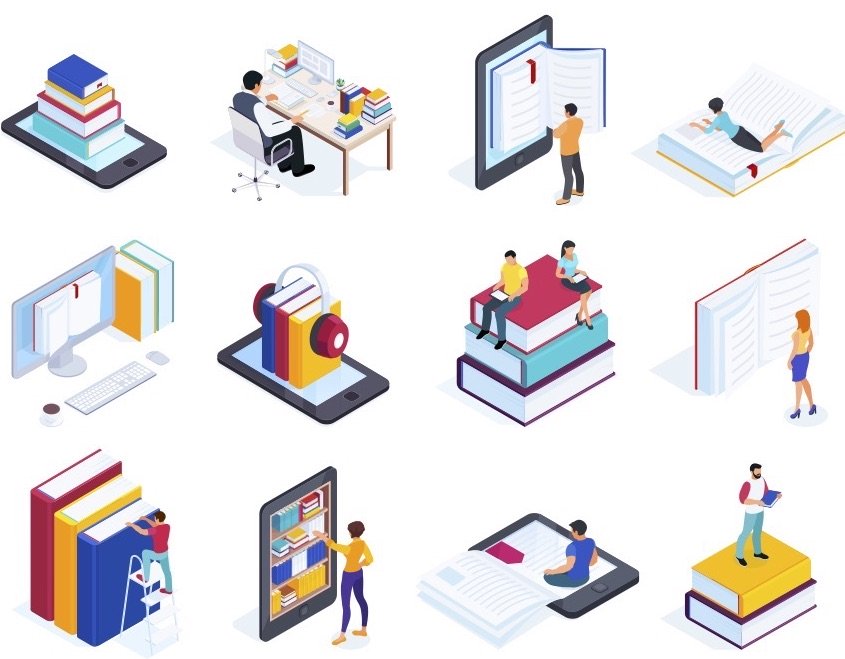While designing programs, products and services for our teams, let’s not forget the true meaning of what the “human” in Human Resources really means. The humanity of our human resources is at the focus.
We seem to come back to this topic over and over again, trying to understand what it truly means and trying our best to stay up-to-date with the “buzziness” or new top hashtags in HR like “new work”, “ongoing feedback”, “autonomy”, “fairness” and lazy, impatient and ego-centric millennials with low self-esteem.
To unify all those buzzwords and give them more clarity, let’s stick to one simple thought: Instead of trying to “develop” people (which still often happens top-down), let’s trust in human nature. People want to develop, so let’s not stop them or stand in their way. Instead, let’s offer opportunities and choices for growth, both within our companies as well as externally.
Having this human side in mind, let’s brainstorm together what the new year could be about for us, HR and in L&D, in particular. Here’s our wish list for L&D Aspirations in 2022:
1. Foster Creativity
Foster creativity at the workplace and integrate it into the job design, with everything from training courses and on-the-job learning to simply providing team members with the time, autonomy and accountability to try out new things. HBR issued a series of articles on this topic. How? Don’t limit the course offerings to certain departments: Sometimes the content that seems least relevant to us is the most inspiring because it gives us a completely different view on things. For example, why shouldn’t a customer service agent or financial accountant learn about creativity techniques? It can make their lives much easier (and more fun) to integrate those techniques into their problem-solving processes. Or isn’t basic knowledge on coaching useful even for an intern, for example, to know what to expect or ask from their superiors? Broaden their perspective. Your team will connect the dots.

2. Establish Meaningful Feedback Loops
Help feedback become more meaningful and useful for everybody in the company. It should be the means of helping people master their skills and grow. If the feedback isn’t meaningful, it will remain an assessment, seen as finger-pointing and in the end an expensive means of demotivating your staff.
How? Think of Feedforward vs. Feedback. It’s not about criticizing, it’s about looking forward and helping employees develop and grow. Let’s keep in mind that it doesn’t make any sense to only learn all the rules and theories about good feedback. As right as they might be, trust and understanding are the foundations of good feedback. Without them, feedback rules are of no help.
3. Develop a Learning Culture
Integrate learning into every aspect of work and inspire employees to learn more and implement what they’ve learned. Inspiring people to learn isn’t rocket science, but it does involve rethinking our mindset.
How? In order to develop a learning culture, it’s important that employees aren’t prevented from wanting to learn, for example, by feeling overwhelmed by their workload or not having enough self-responsibility, being confined to a strict career path leading in only one direction or bosses stopping people from talking with each other. Giving employees the opportunity to try things out, share experiences and letting them learn by doing is key to creating a culture where employees can take their development into their own hands.
4. Online Learning
Use online learning as a meaningful and useful add-on to give employees more flexibility to learn when and where they want.
How? There are a number of online resources for various topics. For example, you could offer team members new to Germany the chance to learn German online as part of your onboarding package. Don’t try to create all the online courses by yourself, since this is very time-consuming and there’s usually already an app for it. Other useful online resources are Coursera, LinkedIn Learning or Blinkist. All the tool training, guidelines and policies should be available online any time people need them.

5. Encourage Horizontal Development
Forget about competence matrixes. Think of ownership, team goals and personal development. Why? Nina Haber explains it here.
There shouldn’t just be a way up. Create opportunities for horizontal development: Skill variety, meaningful projects, appreciation and results are the new secret sauce for engaged and effective teams.
How? Horizontal development requires some courage by the person concerned as well as the company. In many cases, knowledge of the company, network and product, together with enthusiasm for the company are much more valuable than purely technical (and learnable) knowledge. Let’s help managers develop their people first within but also outside of their teams for the good of the overall company, instead of having smart people leave after they have been pushed back again and again because “there are no free positions within their own team or department”.
6. Encourage Fair and Transparent Leadership
Work with your leadership teams on fairness and transparency – especially communication in uncertain times needs to respect these values. Help them invite, encourage and inspire their team members. Dictatorship is not helpful in the long term. And always: Stay connected. Stay in touch and give and receive feedback.
How? We should start with the right mindset: with respect and at the eye level.

Conclusion
Of course, many of these thoughts are just the beginning, and 2019 won’t bring us a magic wand. But starting to think in this direction without overwhelming the manager, the team and ourselves would already be a step in the right direction.
“It is only human to have a human nature that is very much the product of the society in which people live. That human nature, that is to say our human nature, is much more created than it is discovered. We design human nature by designing the institutions within which people live and work… You people should be asking yourself a question, as you go back home to run your organizations. Just what kind of human nature do you want to help design?” Barry Schwartz
Article by Aleksandra Polyudova & Nina Haber

Want to find out more about digital learning in companies? Take advantage of the extensive experience of our experts and download our free booklet.





